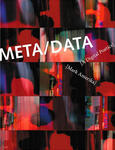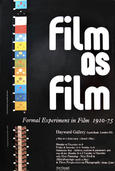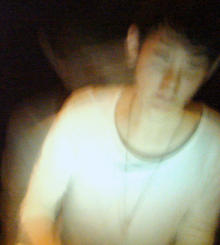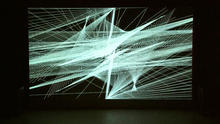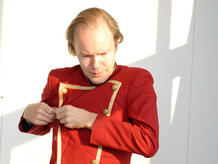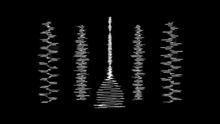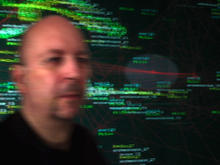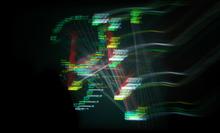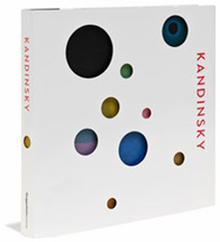circulation
(2009)by Itaru Yasuda is a generative audiovisual installation made with Processing and SuperCollider.
The various circles are essential and only elements of this piece. These circles are generated randomly but on certain algorithmic rules of circulation. We can see minimal but effective expression of audiovisual reaction in this piece. Duration of one-loop is approximately nine minutes.
